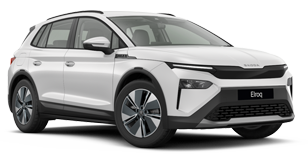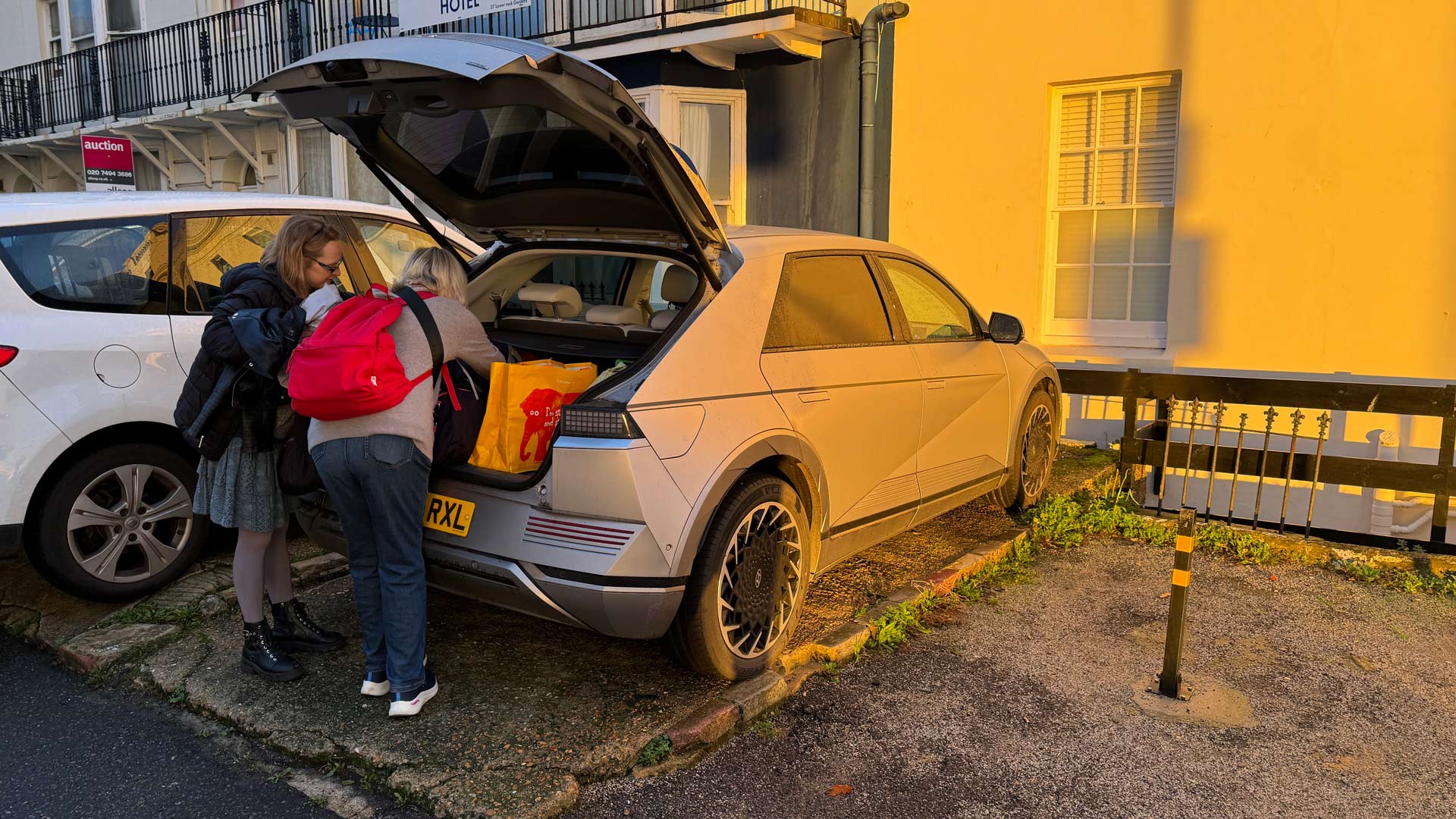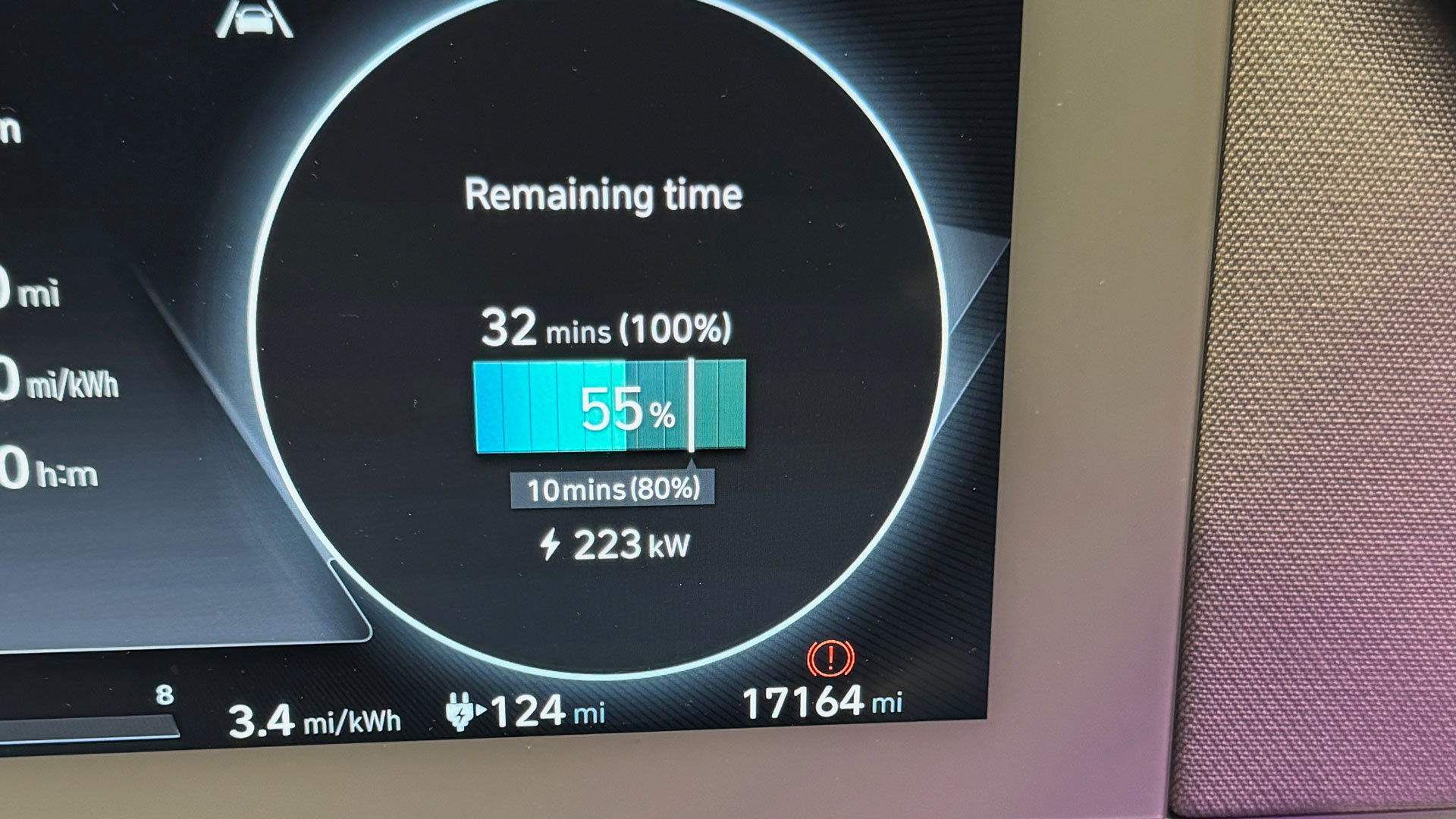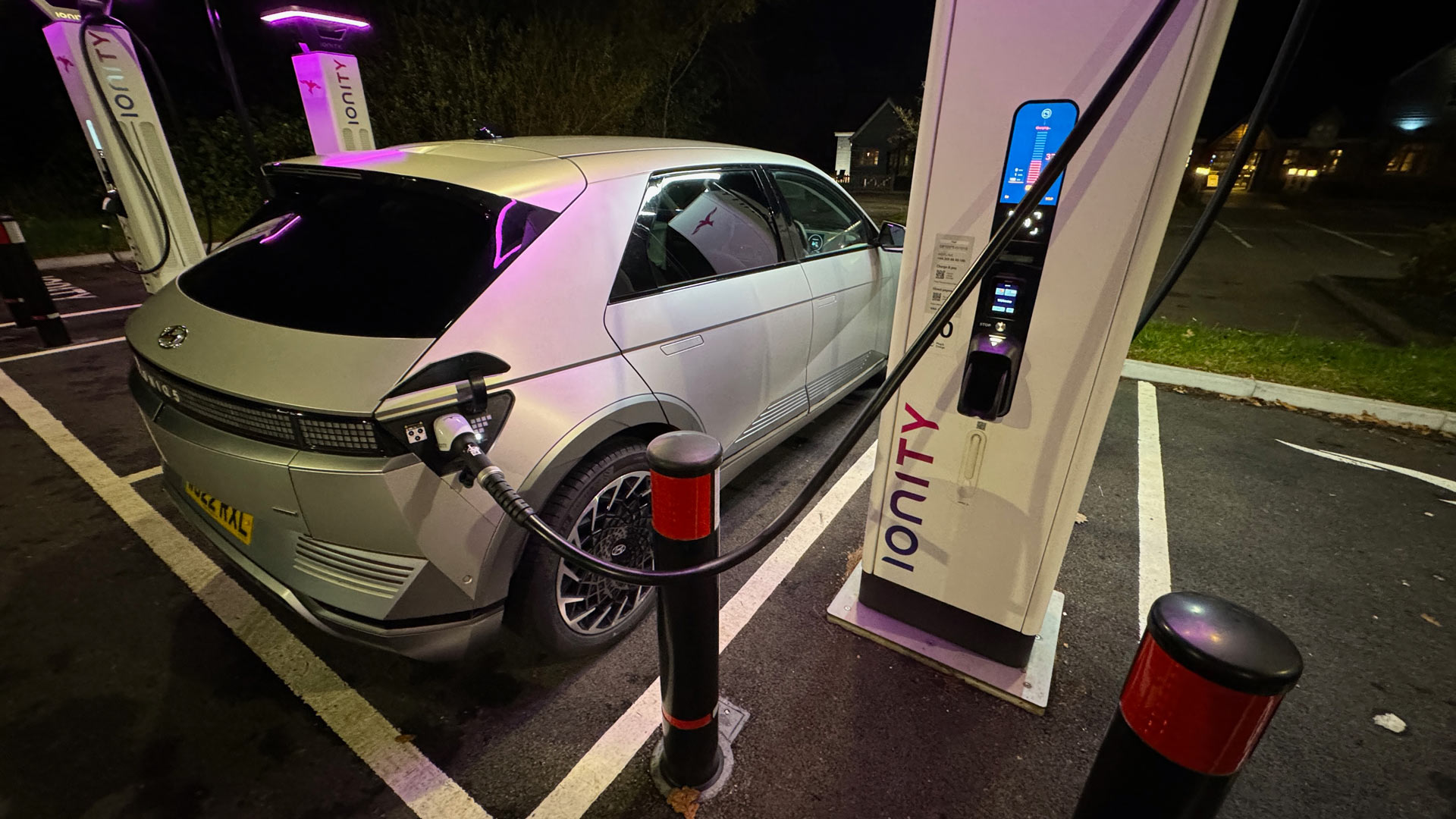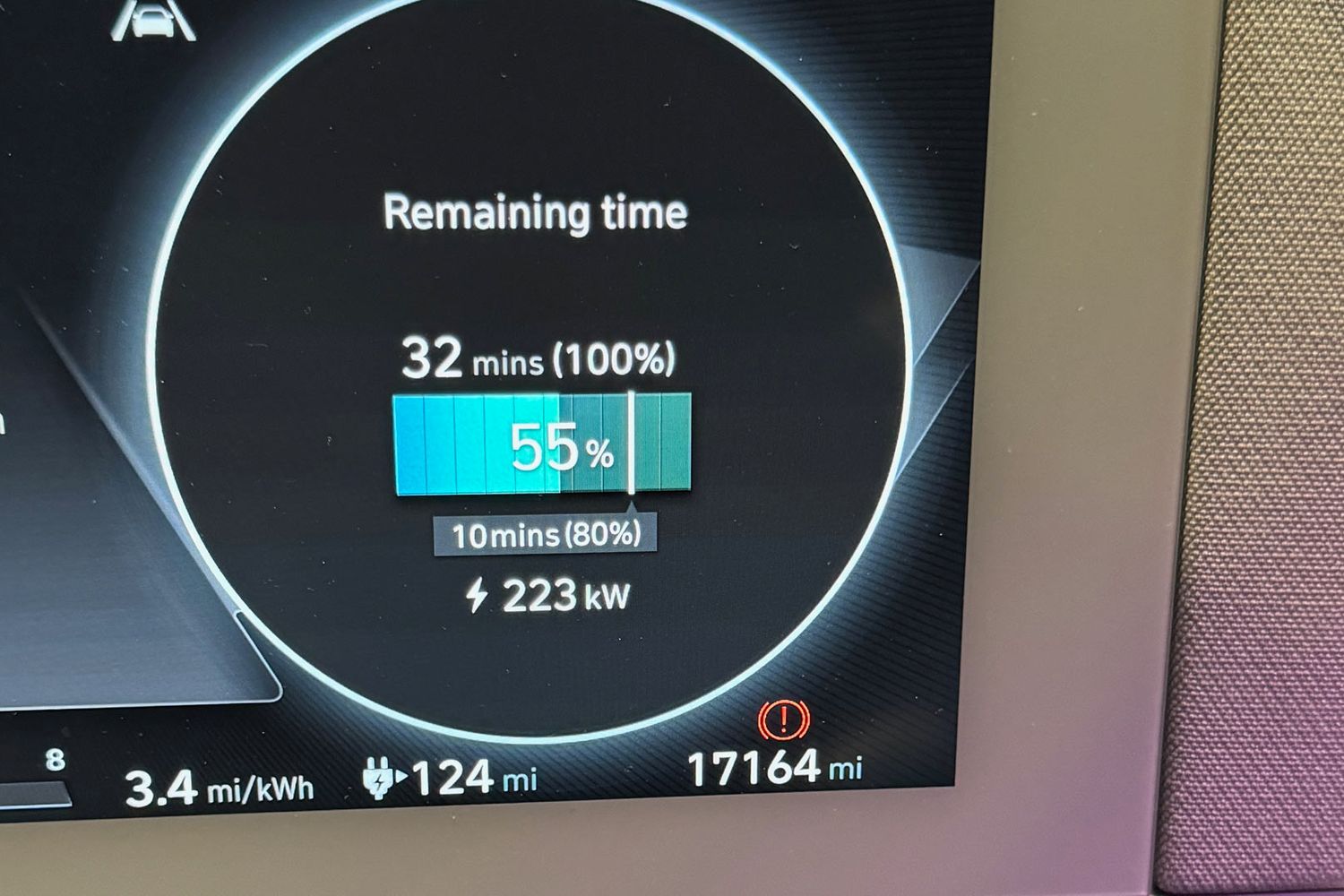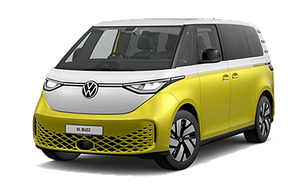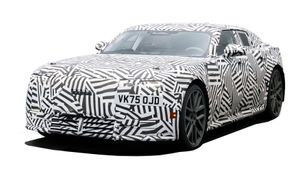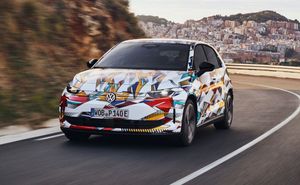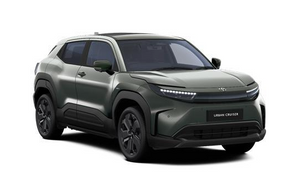Today, those waiting lists have evaporated. To the point where there’s now a glut of cars in the system. If you want a new IONIQ 5, you can have one by the weekend. At a discount most likely. Another sign that time is flying is the arrival of a new facelfited IONIQ 5, which we had in at Electrifying towers the other week. With a bigger battery, longer range and, dammit, a rear wiper, it looks as though Hyundai has rounded off the few rough edges the launch model had. Question is, am I still happy with my original or is it time to switch?
The simple answer, of course, is that I can’t afford to be unhappy with my car. Having paid off the small loan I took out, I own it outright now. Which is good from the point of view of clearing debts, but not so good in terms of having an asset of any real value. I reckon it’s lost around 45% of its value in the nearly three years that I’ve had it, so switching to something new just isn’t financially viable. We’re stuck with each other.
Shockingly, it’s nearly two years since my last report. Which is a poor show. I was convinced I’d done at least two, maybe three, but the web pages don’t lie. I’ll probably find an old draft version a week after I’ve written this and realise that I’ve just wasted another hour repeating myself.
Want to try it yourself? Book a test drive in the IONIQ 5 here.
Anyway, what’s life been like with the IONIQ 5? Well, generally, pretty good. The odometer now reads 17,000 miles, and I have to admit that almost all of them have been gloriously hassle-free. At the start of this year (2024), Hyundai rolled out an important software update that, for the first time, allowed the car to precondition the battery prior to charging. Installing this update, however, wasn’t particularly straightforward. Although updating the software was something I could do (although it involved memory sticks and other processes from the 1990s), the preconditioning tech needed a firmware update to work. And that involved a trip to the dealer. Grrr.
To cut a long and tedious story short, the update allows early cars fitted with battery heating to heat up their battery packs on approach to a rapid charger. Thankfully, it works very well and I’ve noticed a huge improvement in charging speeds.
Downsides? You can’t manually press a button and start the process. You have to use the car’s inbuilt navigation to select a charger as your destination. There are two issues here. The first is that the Hyundai database isn’t great. Sites that went live more than a year ago still aren’t on there, which is a pain. Secondly, in normal operation, Hyundai doesn’t allow you to use the in-built nav at the same time as Google Maps on CarPlay (or Android Auto). So you’re stuck with the inbuilt nav, which is ugly, clunky to set up and feels like a system from 20 years ago. For a brief period, I found a way to use both simultaneously and was delighted to have head-up direction displays AND Google maps on the main screen. The next time I tried to perform the same trick, the car was having none of it and I was back to choosing one or the other. There is, apparently, a workaround that involves putting the phone into airplane mode and then taking it off, but to be honest, I’m past caring.
Anyway, back to the subject of battery pre-conditioning. The difference in charging speeds is actually quite remarkable. On a recent trip to Gatwick Airport in chilly (9 degrees) conditions, I set my destination as the new Gridserve hub. About 15 miles out, the battery heater light came on to tell me that preconditioning was active. When I rocked up at the charger and plugged in, the charging speed shot to 223kW within a few minutes of plugging in. Given that the absolute maximum the IONIQ 5 can charge at is 225kW, I’d say that was a win. Compare this to the 23kW the car was pulling an equally chilly charger a year earlier and you can see how important pre-conditioning is.





